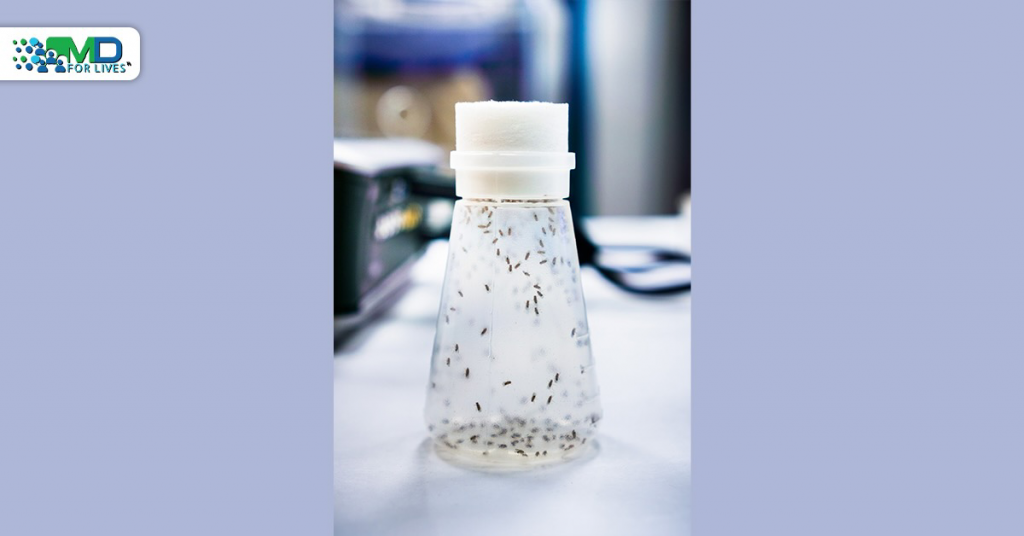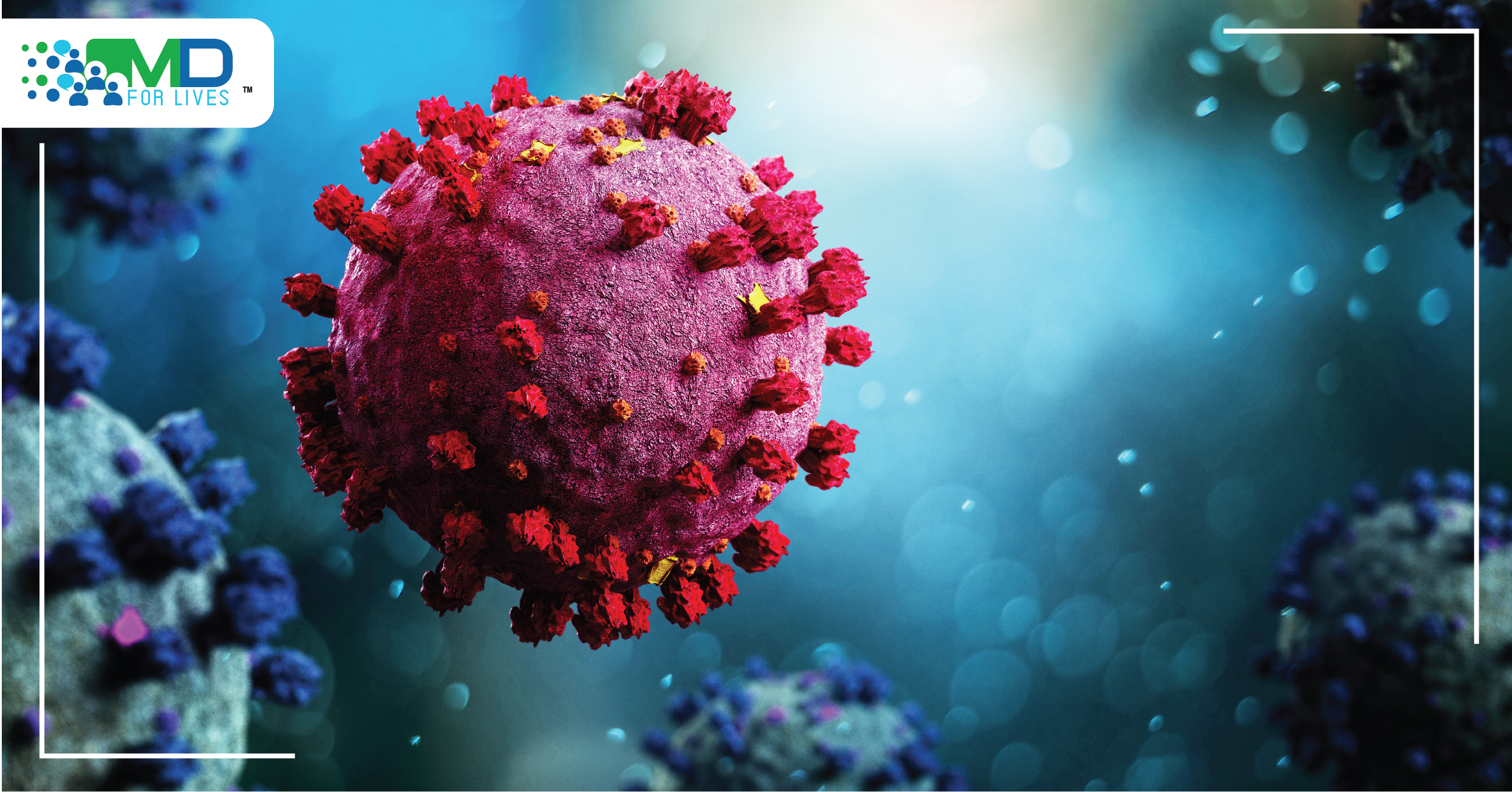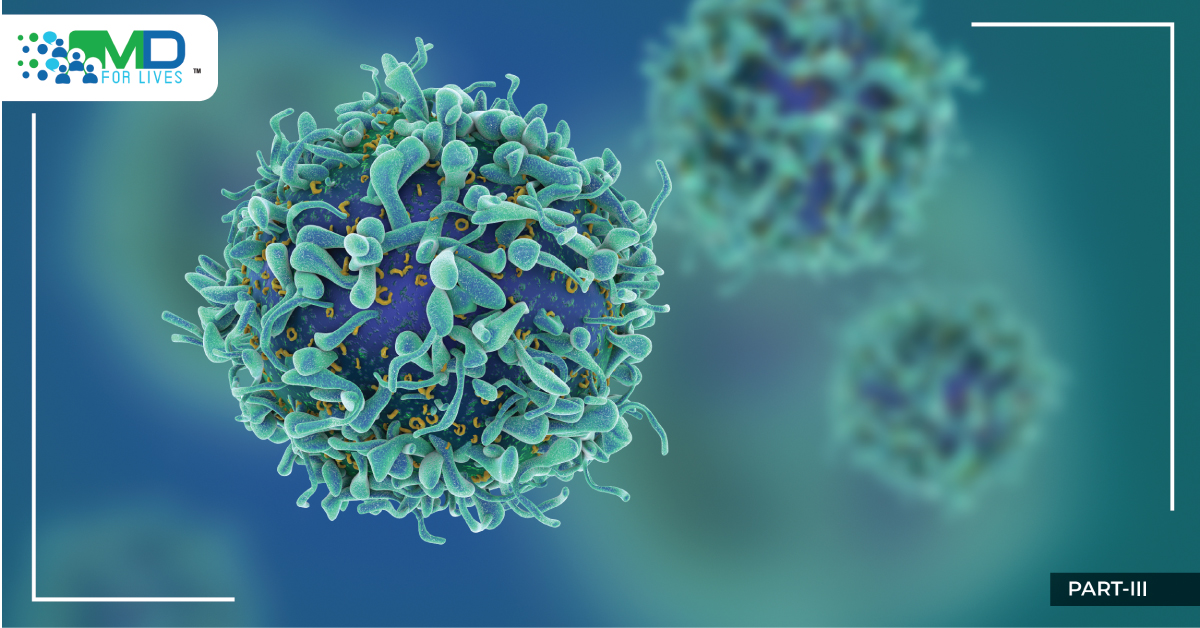A recent study reveals that minor genetic differences can influence how efficiently the body uses energy from different nutrients. This highlights the potential of personalized nutrition, where dietary planning is tailored based on genetic data to optimize health outcomes. The primary energy-providing macronutrients—carbohydrates, proteins, and lipids—are metabolized through pathways that direct nutrients toward cellular maintenance and growth. Intracellular nutrient sensors detect various dietary inputs and coordinate an integrated adaptive response, helping maintain energy balance and supporting individualized nutritional strategies.

Metabolic pathways have been found to be highly conserved throughout evolution. Glycolysis, the first step in the breakdown of glucose, for example, is conserved in almost all eukaryotic and prokaryotic cell types.
While metabolic pathways are conserved, the prevalence of metabolic diseases such as type 2 diabetes varies greatly between human populations and ethnic groups (T2D). The Pima people of Arizona (USA), for example, may have the highest prevalence of T2D of any population. A variant of TBC1D4/AS160, a mediator of insulin-stimulated glucose uptake, confers a 10-fold increased risk of T2D in Greenlanders.
Similarly, a CREBRF variant is linked to body mass index (BMI) in Samoans, a population where obesity is common. Furthermore, a mutation in the monocarboxylate transporter SLC16A11 accounts for 20% of the increased risk of T2D in Mexican and Latin American populations. Such genetic variation is thought to arise as a result of adaptation to nutritional environments. These differences can now be seen in the genes linked to metabolic diseases in these populations.
In controlled experiments, genetic reference populations have been developed to identify gene-by-environment interactions. The fruit fly Drosophila melanogaster, which has emerged as an important model in the study of nutrition and metabolic disease, now has one such panel. In response to high-sugar and high-fat diets, flies, like humans, develop obesity and insulin resistance.
The molecular mechanisms of several metabolic diseases appear to be conserved in the fly, which is significant.
The researchers used a genetic reference panel made up of approximately 200 closely related fruit fly strains (Drosophila melanogaster). The flies were fed six different diets that were high in protein, sugar, starch, coconut oil or lard, or a combination of sugar and lard. The strains used in the study had their genomes fully mapped, allowing the researchers to attribute the differences observed in the experiments to specific genetic variations.

The researchers discovered that small genetic differences influenced the flies’ ability to use the energy from various nutrients. Survival variation was greatest on high-sugar and high-coconut oil diets, whereas most strains thrived on high-protein, high-lard, and high-starch diets. This is especially surprising given that the food consumed by fruit flies in nature contains a lot of sugars.
Several genes that affect nutrient tolerance have been discovered through genetic studies.
The researchers discovered a number of genes that contribute to the ability of flies to tolerate sugar through genetic analysis. The majority of these genes are also found in humans and have been linked to obesity and type 2 diabetes in previous genome-wide association studies.
Fly studies allow for quick and low-cost functional studies to investigate the genes in depth. Among other things, researchers discovered that the tailless gene (TLX), which had previously been studied primarily from the standpoint of nervous system function and development, is required for normal sugar metabolism in flies. Furthermore, the researchers demonstrated that the JNK pathway, one of the most important stress-signaling pathways, regulated sugar metabolism and storage fat synthesis in the study’s high-sugar diets. It appears that dietary sugar causes cell stress, implying that the JNK pathway plays an important role in how well flies tolerate and process sugar.
The majority of the findings, according to the researchers, can be applied to humans as well, though more research is required. According to them, the study provides concrete evidence that the same dietary recommendations do not always suit everyone.
One option is to use nutrigenomics to develop nutrition in a more personalized direction.
Personalized nutrition is still in its infancy as a preventive health strategy. Isolating genes that moderate an individual’s response to different nutrients will have a huge impact on public health, potentially facilitating a revolution in the use of food to treat and prevent disease. This study brings researchers one step closer to that goal by informing future research on the mechanistic basis of metabolic disease.
Hopefully, type 2 diabetes and many other metabolic illnesses will be addressed in the future with nutritional planning based on individual genomic knowledge. This would be much less expensive than pharmacological therapy, and it would be healthier for people’s health in the long run.






